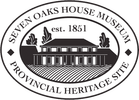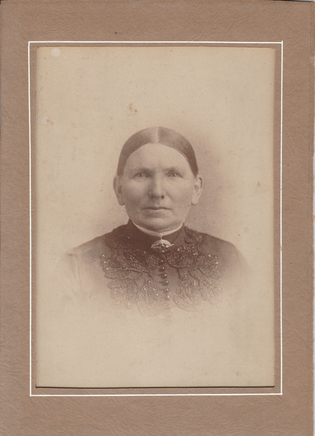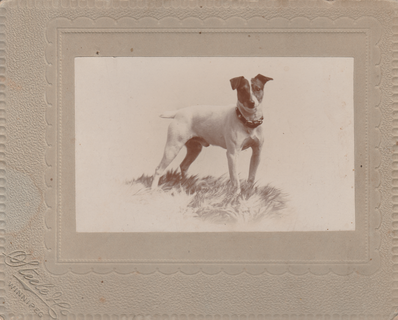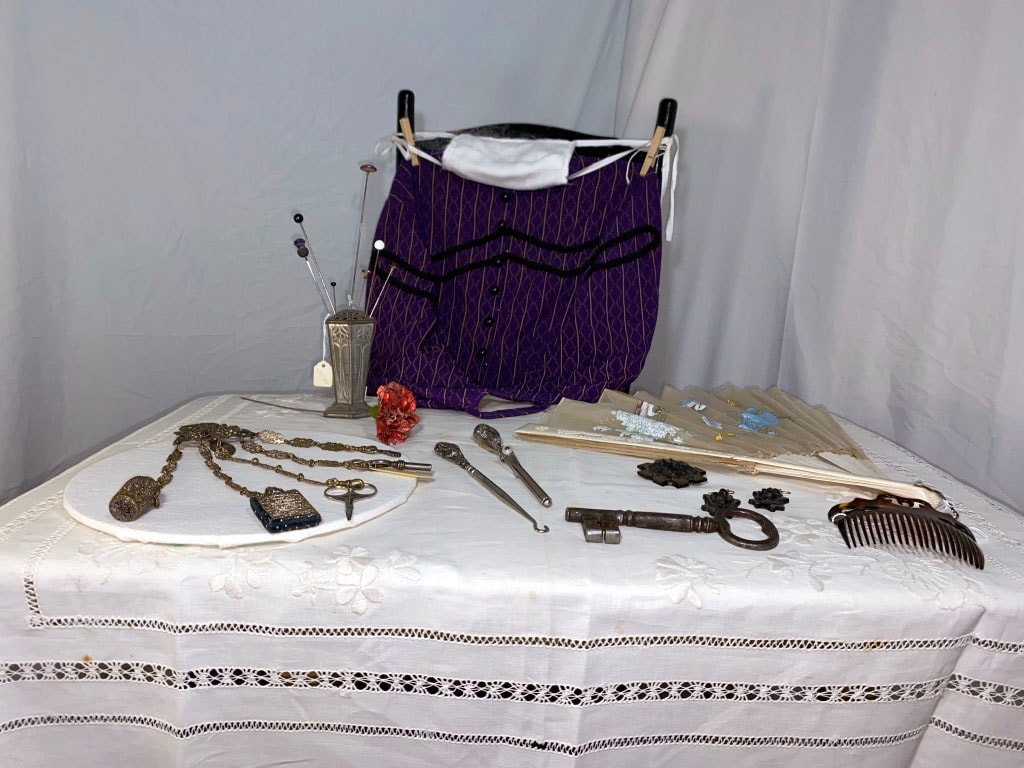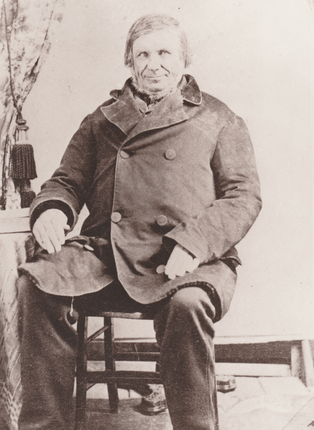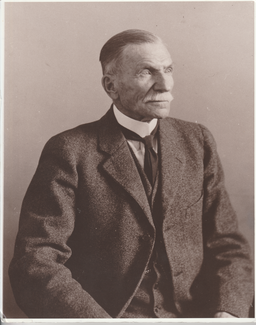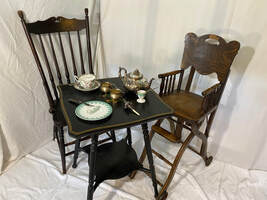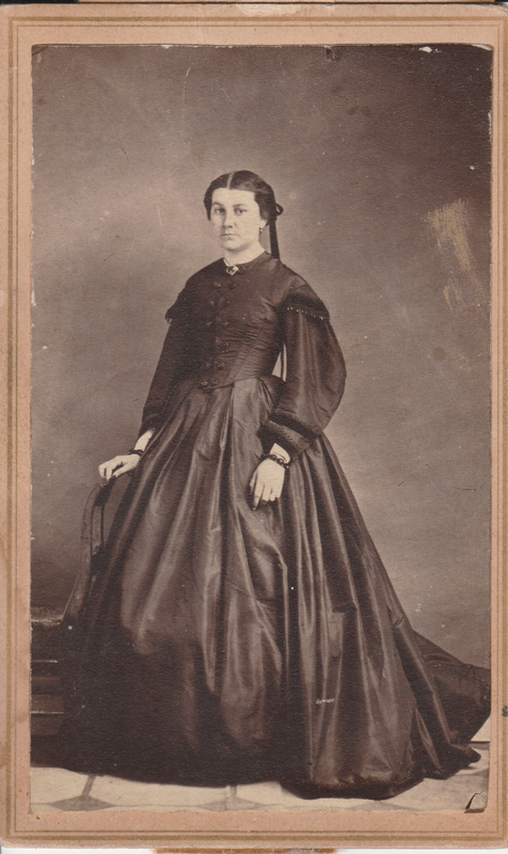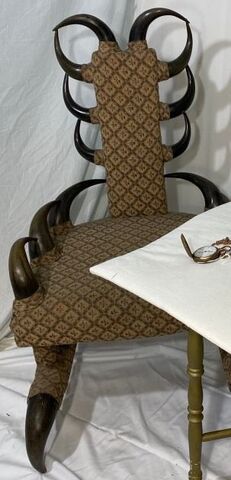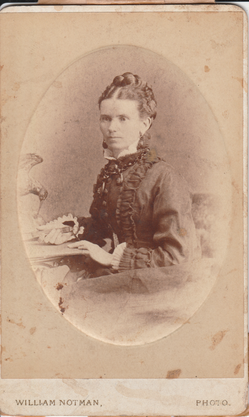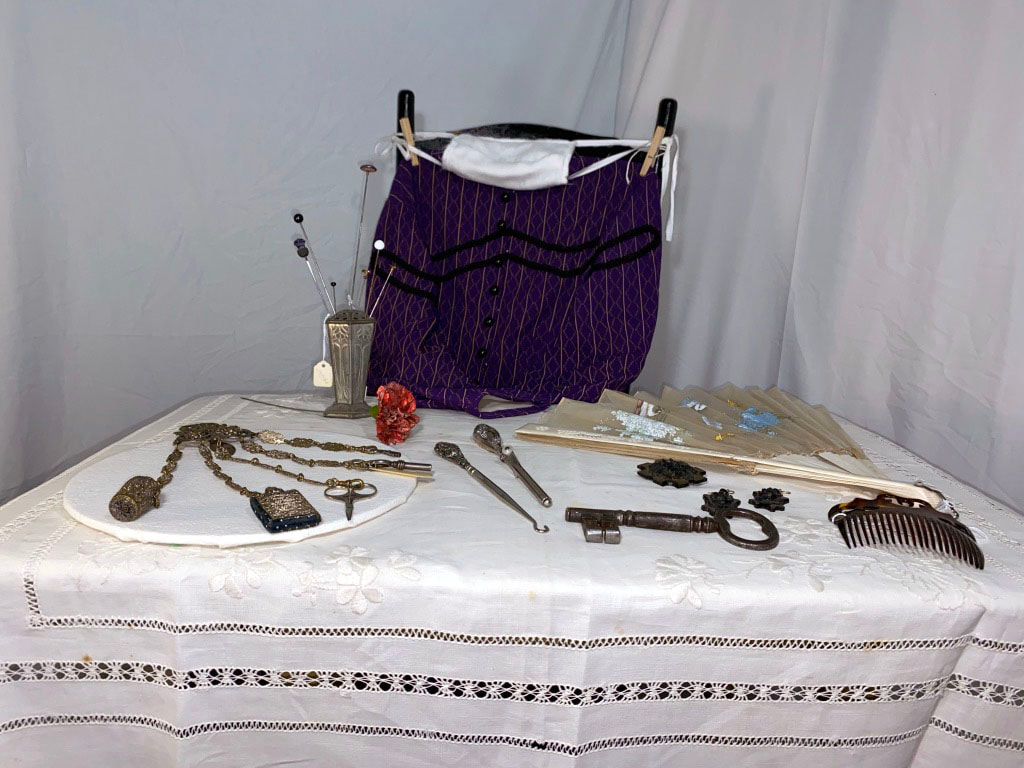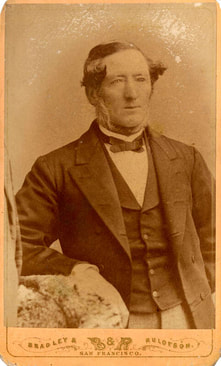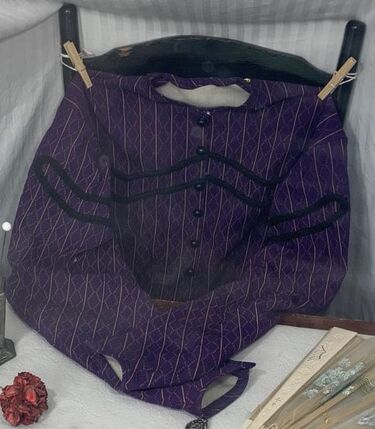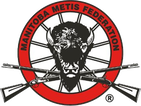During our Summer 2020 season, we invited the public to explore the magnificent collection of the Seven Oaks House Museum in a pandemic-safe way. Through the windows of the Inkster home, vignettes of the family in quarantine could be seen by visitors to the home.
Now, these scenes, along with information about the Inksters and the Red River Settlement are available to you 24/7 through our website!
|
A mysterious pandemic has hit the Red River Settlement and the Inksters are in quarantine. But the Inksters aren't worried, there is always plenty to do at home, and you can come by their home and see what they're up to; at a safe distance, of course! The family knows that as long as they stay safe and listen to the Governor's head doctor, they will be able to get back to their lives soon enough. After all, this isn't the first time disease has swept through their neighbourhood...
|
History of Pandemics in Red Rivercontent warning: death, colonialism.
1780 Smallpox nearly wipes out local Indigenous communities. Netley Creek becomes known as “Dead River” after every village on its banks is found empty.
1845 Influenza strikes Red River in waves, killing 8% of the population. Indigenous communities and remote trade posts are devastated by the “Red River Disease”. 1871-1919 Typhoid is so common from drinking polluted river water that it’s called “Red River Fever”. By 1904, over 130 people die every year from the water-borne illness. 1918 The deadly ‘Spanish Flu’ hits with an unexpected second wave. Cities that maintain distancing, mask wearing, and quarantine measures suffer a fraction of the deaths. 1,200 die in Winnipeg, while in Norway House, 1 in 5 people lost their lives to the flu. |
“Hardly anything to be seen but the dead on their way to their last home, nothing to be heard but the tolling of bells, nothing talked of but the sick, the dying, and the dead.” - Alexander Ross, 1846
Welcome to Seven OaksThe construction of Seven Oaks began in 1851 and was completed in 1853. The grand two-storey home was, like the Inkster's initial home, made using oak logs and joined together using the mortise and tenon joint technique characteristic of many homes in the Red River Settlement. But insulated using bison fur and plastered over, Seven Oaks was different to their first home built in 1826. This two-room dwelling was split in half when Seven Oaks was built, with one side standing alone as the General Store, and the other attached to the opposite side of the new house, serving as a summer kitchen. The General Store and summer kitchen together make up one of the oldest buildings in Manitoba, with the building still open today for tours.
|
|
A Lady's EssentialsSeven Oaks House was built during the years of 1851 and 1853 for the Inkster Family. It's made of oaks logs insulated with bison fur. Today it is the oldest home in Winnipeg. Their general store is even older; it was built in 1826 as the family's first home, and it is one of the oldest buildings in Manitoba. Most families lived in small log houses like that. The Inkster's third daughter Mary "Marak", inherited Seven Oaks House. She lived here until 1912 with her dog, Bobs. Mary was a talented piano player, known for her style and flashy silk dresses. When she died, she gave her home and land to the City of Winnipeg to create this park for the community. The house opened as a museum in 1958. |
The dining roomThe Inksters started out as humble farmers, but they became one of the richest and most powerful families in the area. Their farm was six blocks wide and over two miles long, running from the Seven Oaks House to beyond McPhillips Street.
Their store and shipping business brought them fine silver, china, and exotic items from as far away as Japan. John was also a judge and politician. He was. even asked to join Louis Riel's government in 1870 as Manitoba was being created. John's son Colin followed suit, serving in the Legislature and as Sheriff of Manitoba for 51 years. Colin's home, Bleak House, was built in 1874 and still stands at 1664 Main Street. |
craftingIn the 1850's people made many of their own clothes, even if they were rich. Women made beautifully decorated jackets, moccasins and bags for their families.
They used embroidery, beads and even dyed porcupine quills. Girls were taught these skills at school, instead of things like writing and math. Mary Sinclair Inkster's family is famous for their beading. Her mother Nahoway, lived on the homestead. She would have taught her daughters and grand-daughters the family's traditions. Metis women invented this style of art, but everyone in Red River appreciated it. Any man with taste wore his finest beaded moccasins out dancing. |
Letter writingImagine how hard it would have been staying in touch with family and friends before things like Facetime, Zoom, or even phones existed. All you could do was write letters. Those letters would take weeks to reach their destination.
In the early 1800's, people even used goose feathers as pens. Paper and postage were so expensive that people would write on the same sheet twice, like the picture shows. People's letters and diaries are some of the most important sources we have to learn about the past. Have you thought about writing down your memories during COVID? Some day your journal could be in a museum! |
Colin's travelsCaptain Colin Sinclair was Mary Inkster's youngest brother. He was born in Oxford House, but was taken away from his mother and sent to school in Scotland when he was seven.
He became a sailor, eventually owning his own ship and travelling around the world. He traded spices in Africa and South-east Asia, and even prospected for gold in San Francisco. Meanwhile his mother Nahoway waited here, hoping her lost son would come home. Long after she died, Colin returned to Red River as an old man and lived here at Seven Oaks. They're buried together with this inscription: "Eyes of my childhood days shall meet me, lips of a mothers love shall greet me, on the day I follow. Oh, what hosts of memories rise, sadness dims an old mans eyes." |
